Forklifts play an indispensable role in warehouses, construction sites, and numerous industries. Toyota, a trusted name in this sector, offers top-notch machinery known for reliability and durability. However, even the best machines may occasionally display unexpected warning lights, signalling an underlying issue. To troubleshoot these, understanding the dashboard symbols is essential, and the efficacy of diagnostic tools cannot be stressed enough.
In this expansive guide, we'll delve into the heart of Toyota forklift dashboard symbols, their meanings, and how using a diagnostic tool, especially the Jaltest diagnostic software, can simplify the troubleshooting process. We have included a video to show you how Jaltest performs this on a Toyota.
Table of Contents
1. Introduction to Toyota Forklifts
2. An In-depth Look at Toyota Forklift Dashboard Symbols and Meanings
3. The Unparalleled Importance of Diagnostic Tools
4. How Jaltest Diagnostic Software Stands Out
5. Toyota Forklift Diagnostic: The Difference Jaltest Makes
6. How to Check Codes on a Toyota Forklift Using Jaltest
7. The Future of Toyota Forklift Scanner Technology
8. Conclusion
Introduction to Toyota Forklifts
Toyota forklifts stand out for their technological advancements, durability, and efficiency. But like any machinery, they are not immune to wear and tear or occasional malfunctions. Recognizing and addressing warning signals early ensures longevity and optimal performance.
Toyota Forklift Dashboard Symbols and Meanings
-
Battery Warning Light:
- Symbol: Typically represented by a battery icon.
- Meaning: Indicates that the forklift's battery charge is low, or there is an issue with the charging system. It's crucial to check the battery connections, and if necessary, replace the battery or consult a technician.
-
Engine Oil Pressure Light:
- Symbol: An oil canister.
- Meaning: Signifies low oil pressure. Immediate action is required if this light remains on after starting. Stop the engine, check the oil level, and if the oil level is okay, consult a technician.
-
Temperature Warning Light:
- Symbol: A thermometer submerged in liquid.
- Meaning: This indicates the engine is overheating. Turn off the engine, let it cool, and check the coolant level. If the coolant level is fine, the issue may lie with the radiator or thermostat.
-
Hydraulic Oil Warning Light:
- Symbol: An oil can with a wavy line beneath.
- Meaning: Indicates that the hydraulic fluid level is low or there is an issue with the hydraulic system. This can affect the forklift’s lifting capability and overall functionality.
-
Brake Warning Light:
- Symbol: An exclamation mark inside a circle or a circle surrounded by parentheses.
- Meaning: Represents an issue with the braking system. It could be due to low brake fluid, worn-out brake pads, or a malfunction in the brake system. It's vital to address this promptly as brakes are crucial for safety.
-
Tilt Warning Light:
- Symbol: A forklift mast with an angle indication.
- Meaning: Warns the operator that the mast tilt angle is exceeding safe limits. It's crucial to adjust the load or the mast to prevent accidents.
-
Seatbelt Warning Light:
- Symbol: A seated person with a belt across their lap.
- Meaning: This reminds the operator to buckle up before operating the forklift. It’s a crucial safety feature.
-
Air Filter Warning Light:
- Symbol: A fan or a filter-like icon.
- Meaning: Indicates that the air filter is clogged or needs replacement. A clean air filter ensures optimal engine performance and longevity.
-
Check Engine Light:
- Symbol: An engine block or simply the words “Check Engine”.
- Meaning: This is a general indicator that there's a malfunction within the engine management system. A diagnostic tool like Jaltest can pinpoint the exact issue.
-
Transmission Warning Light:
- Symbol: A gear with an exclamation mark.
- Meaning: Suggests a problem with the transmission system. The issue might be with the fluid, the gears, or any component within the transmission system.
The Unparalleled Importance of Diagnostic Tools
With advancements in technology, the old trial-and-error troubleshooting methods have become outdated. Today, diagnostic tools, especially for specialized machinery like forklifts, are indispensable. These tools can pinpoint issues, saving time and costs in the long run.
How Jaltest Diagnostic Software Stands Out
Jaltest stands tall in the world of multi-brand diagnostics. This all-encompassing Toyota forklift scanner is designed specifically for these machines, ensuring precise and prompt diagnoses. Its vast database and user-friendly interface set it apart.
Toyota Forklift Diagnostic: The Difference Jaltest Makes
- **Accurate Diagnoses**: Thanks to its extensive database.
- **Time-saving**: Speedy, precise results replace manual troubleshooting.
- **User-friendly Interface**: Navigable even for novices.
How to Check Codes on a Toyota Forklift Using Jaltest
1. **Connect the Jaltest Scanner**: Attach it to the forklift's diagnostic port.
2. **Initiate the Software**: Choose the specific Toyota forklift model.
3. **Scan**: The software will display fault codes or issues.
4. **Review and Take Action**: Technical information, special functions and troubleshooting information will help simplify your next steps.
Conclusion
Familiarity with Toyota forklift dashboard symbols and their meanings is pivotal for operators and technicians. But to truly streamline the troubleshooting process, incorporating diagnostic tools, especially powerhouses like Jaltest, is non-negotiable. Equipped with the right knowledge and tools, ensuring your Toyota forklift's peak performance becomes a hassle-free task.
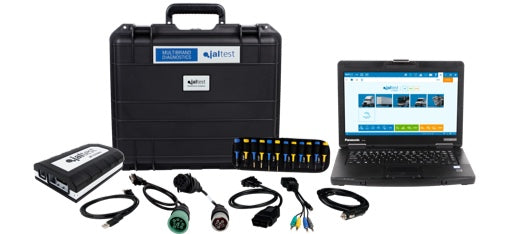
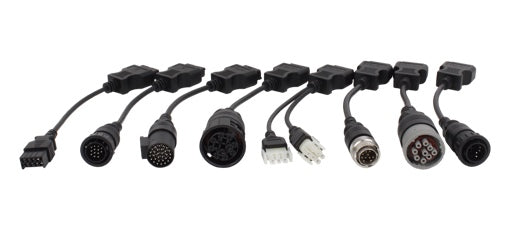

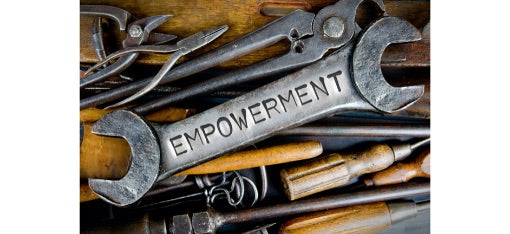

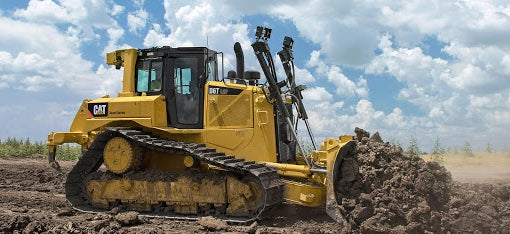
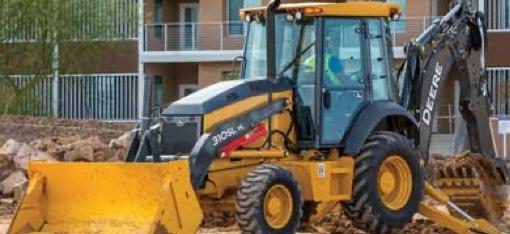
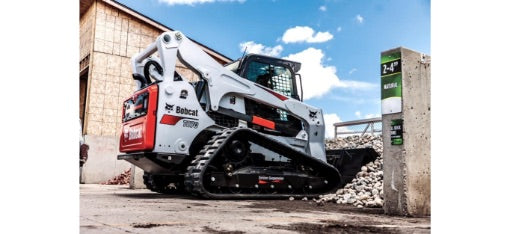
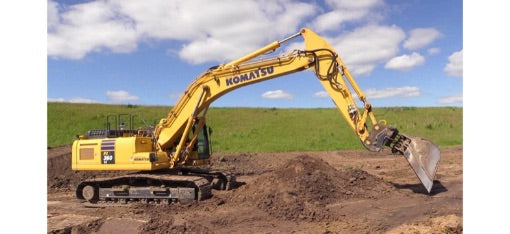
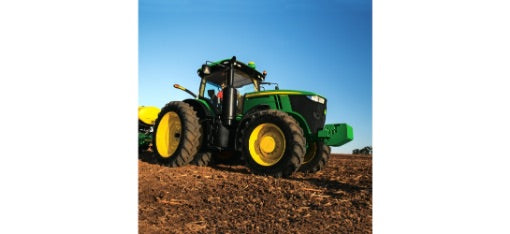
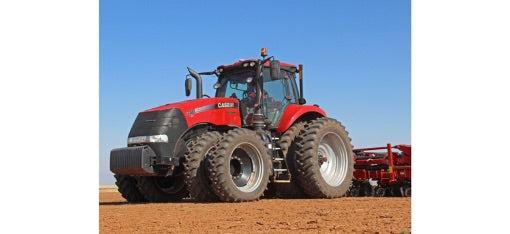
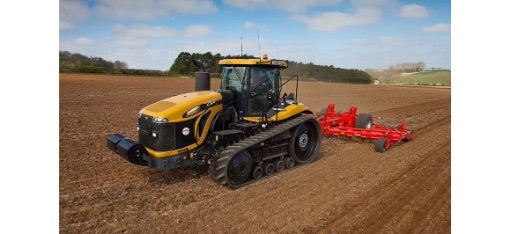
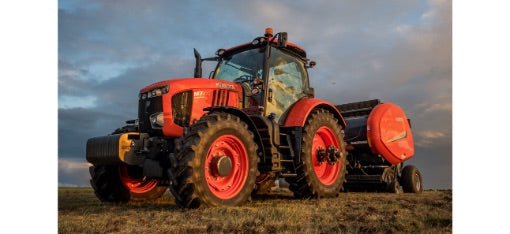
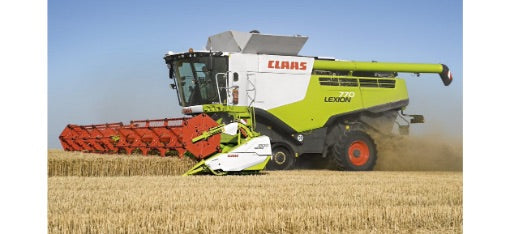


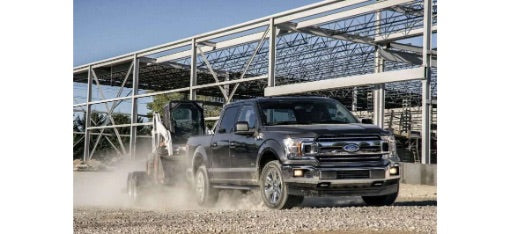

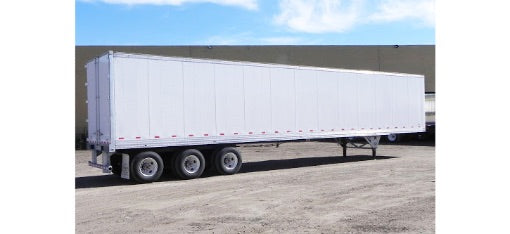
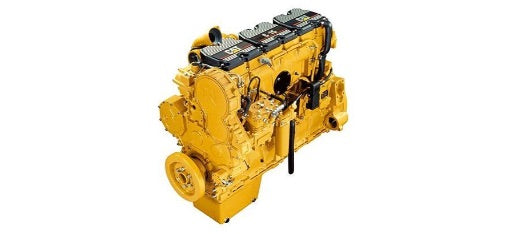
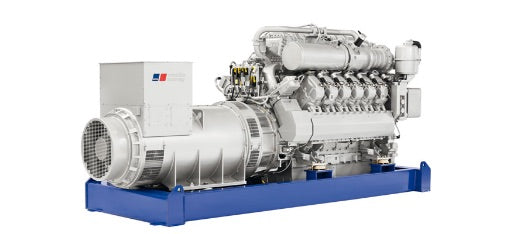


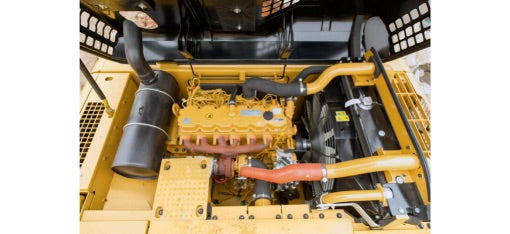
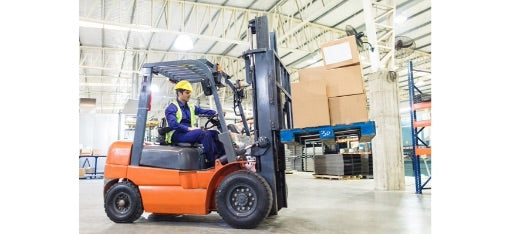
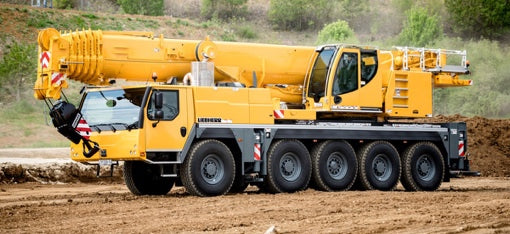
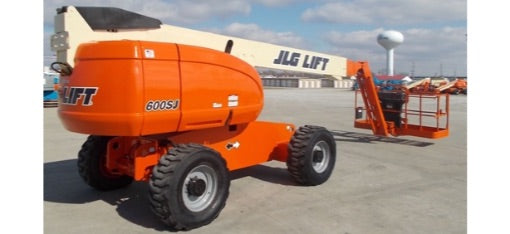
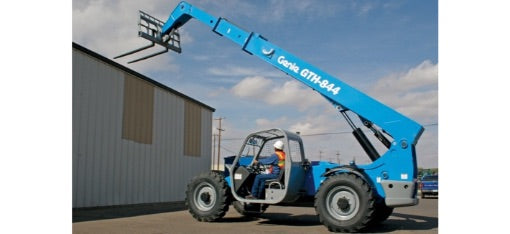












Leave a comment